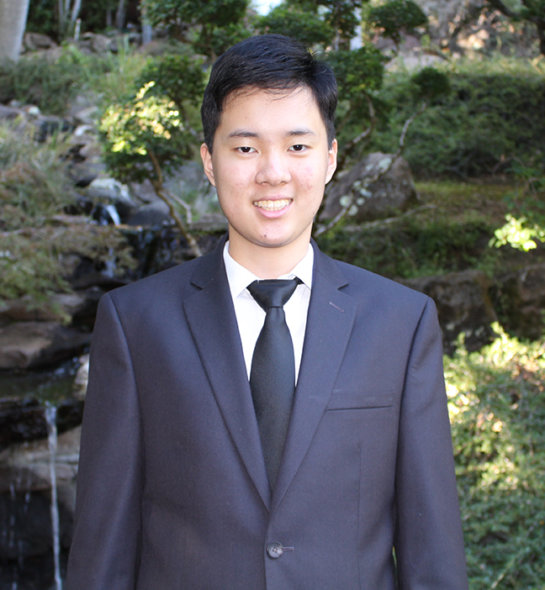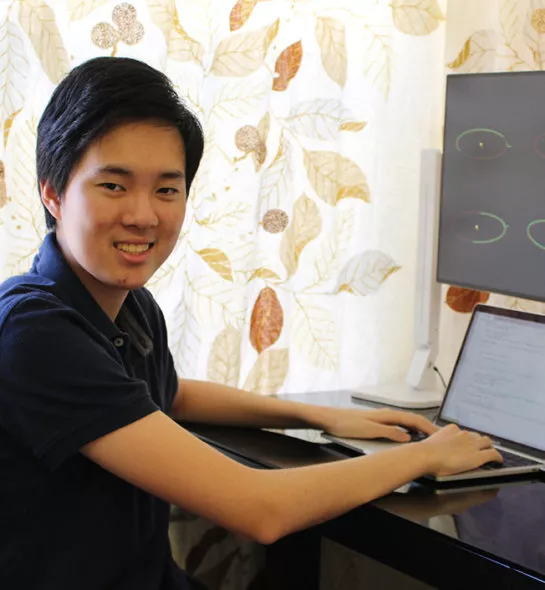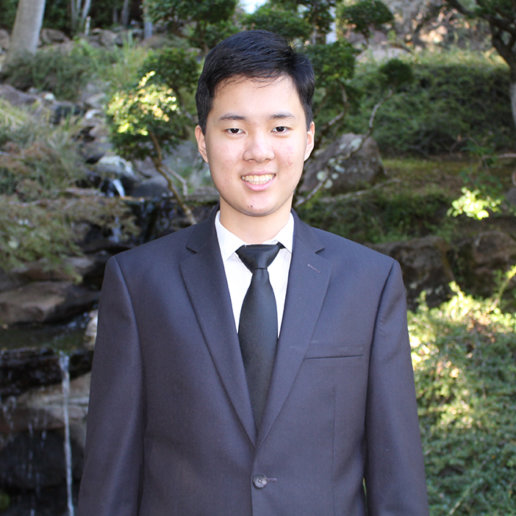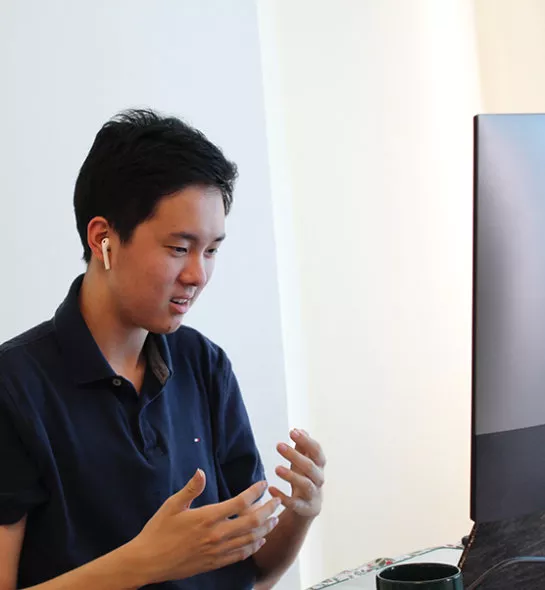Deeper Dive
In my project, I tackled the perplexing challenge of detecting small asteroids making close approaches to Earth. While it is true that large asteroids like the one that wiped out the dinosaurs can cause far more disastrous effects, smaller asteroids which can still deal city-wide destruction are of a higher concern as they strike Earth much more frequently. Moreover, large asteroids are far easier to detect and we have already detected most of them. Smaller asteroids, on the other hand, pose a difficult challenge as they are extremely faint, and thus are not visible until they get close to Earth. However, when asteroids get closer to Earth, their angular velocity increases, leading them to appear to move very quickly across the sky. The problem with this is that most observatories can not detect these fast moving asteroids, which make “streaks” in telescope exposures as they move significantly during the duration of the exposure. In my research I tackled this problem by leveraging machine learning and simulated data to detect these asteroid steaks. I first became interested in the project when I came across the DeepStreaks paper by the Zwicky Transient Facility and felt that their pipeline and neural network model could be improved.
One of the major hurdles for my project was reducing the number of false positives. If my false positive rate was too high, it would be impossible for me to visually vet all of my detections. Initially, after I had established the foundations for my detection pipeline, my neural network would output tens of thousands of false detections per night. Given the fact that each night typically only contained around 3 to 5 real fast moving asteroids, it was like looking for a needle in a haystack. However, I realized that instead of reducing the number of false positives by continuing to improve upon my neural network, I needed to reduce the number of images that would have to be fed into the neural network, thus reducing my “haystack”. I then decided to create a difference image preprocessing pipeline which would act as an initial filter, reducing the number of images I would have to search through by a factor of 25. I also pinpointed the sources of various artifacts, and was able to filter them out, decreasing my false positives even further. With the false positives reduced greatly, I was finally able to run my model on full nights of data, allowing me to discover new asteroids. Throughout the process, I received many helpful suggestions from my mentors, Dr. Jian Ge and Mr. Kevin Willis, along with Dr. Quanzhi Ye, a coauthor of the original DeepStreaks paper. My teachers at school were instrumental in teaching me key concepts like calculus, physics, and writing which enabled me to pursue this project. Overall, the pandemic did not affect my research that much as it was mostly done online.
By finding more near Earth asteroids, we will be able to better detect asteroids before they hit the Earth. The injuries caused by asteroids like the Chelyabinsk meteoroid — which exploded over Russia in 2013 — may have been avoided had we known that there may be an asteroid collision beforehand. Surveys have also shown that improved detection of asteroids is a top priority for the general public. By discovering fast moving asteroids that are close to Earth, we will be able to more effectively address these concerns. Being able to detect more asteroids in our solar system will also allow us to send space probes to them. This will pave the way for experiments to alter the orbit of an asteroid, better preparing us to deflect asteroids that may impact Earth. As humanity branches out further into space, these asteroids will also provide valuable sources of rare metals like neodymium which are crucial to our electronics. Mining these materials on the Earth is not only environmentally harmful, but also potentially unsustainable as these materials are very rare on the Earth. Asteroids could also provide water which can be used to fuel spacecraft by splitting the water into hydrogen and oxygen, thus acting as a “refueling” stop for spacecraft. Because my research specifically detects fast moving asteroids, it will allow for more detections of asteroids whose orbit lies close to the Earth, which are the easiest to reach by spacecraft.



